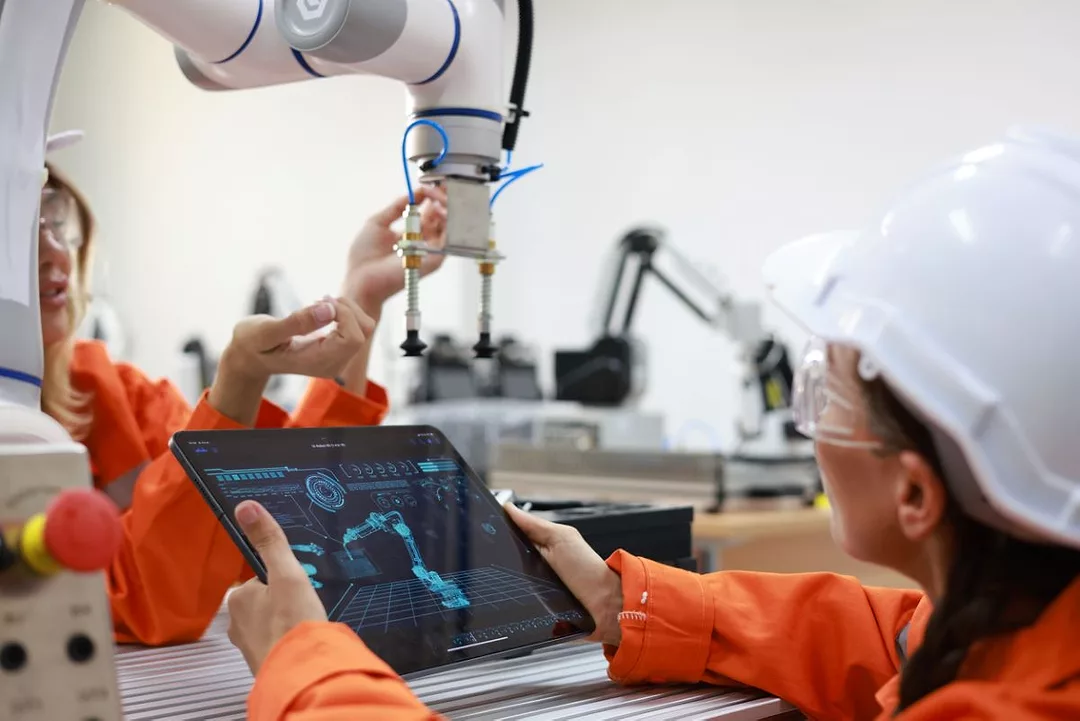Global installations of industrial robots reached a remarkable 542,000 units in 2024, more than doubling the numbers recorded a decade ago. This figure marks the second-highest annual total in history, trailing only behind the record set in the previous year. The surge in demand reflects a significant shift across various industries toward digital transformation and automation. According to Takayuki Ito, president of the International Federation of Robotics (IFR), “The transition of many industries into the digital and automated age has been marked by a huge surge in demand.”
In a report released by the IFR on September 25, 2024, it was noted that total installations in 2024 were merely 2% below the all-time high achieved in 2023. Asia dominated the global market, accounting for nearly three-quarters of all industrial robot installations. Within this region, China stood out as the leading market, responsible for 54% of global deployments. This amounted to 295,000 new robots installed, the highest annual volume recorded to date.
For the first time, domestic Chinese suppliers exceeded foreign competitors in robot sales within the country, increasing their market share from an average of 28% over the past decade to an impressive 57% in 2024. This shift signals a growing strength in China’s robotics industry, which has been rapidly evolving to meet local demand.
Japan followed as the second-largest market, with approximately 44,500 units deployed in 2024, although this represented a slight 4% decline compared to the previous year. The IFR anticipates that demand for robots in Japan will increase at low single-digit rates by the end of 2025, eventually accelerating to medium single-digit growth over the next few years.
The United States ranked third in global installations, with 34,200 robots deployed, reflecting a 9% decrease from 2023. Despite this decline, the U.S. remains the largest regional market in the Americas, accounting for 68% of the region’s total installations. The majority of these robots were imported from Japan and Europe, highlighting the international nature of the robotics supply chain.
Europe experienced a different trend, with industrial robot installations declining by 8% in 2024. Nevertheless, there was notable support for demand stemming from recent efforts to nearshore more manufacturing within the European bloc. Germany emerged as the largest market within Europe, installing nearly 27,000 units and ranking fifth globally.
Despite various geopolitical and economic challenges, including conflicts in Eastern Europe and the Middle East, the IFR forecasts a 6% increase in global robot installations for 2025, projecting a total of 575,000 units. By 2028, this figure is expected to surpass 700,000.
“The robotics industry is not immune to global macroeconomic conditions, but there is no indication that the overall long-term growth trend will come to an end any time soon,” stated the IFR. The organization emphasized that while regional trends may vary, the overall trajectory for global installations remains positive.
As industries worldwide continue to embrace automation, the demand for industrial robots is likely to remain a critical driver of growth in the coming years, reshaping the landscape of manufacturing and production.
